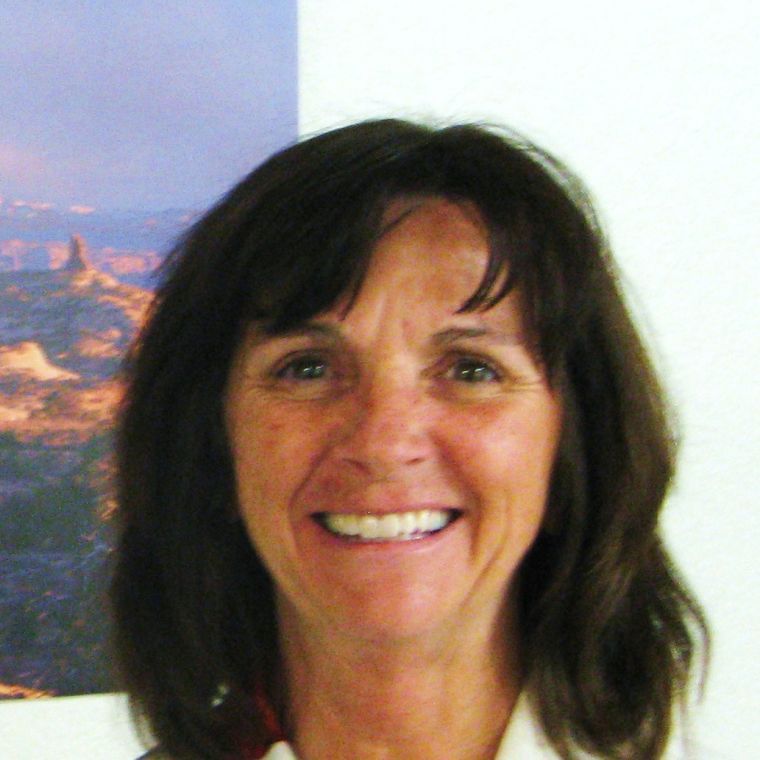Some information may be outdated.
Christopher Ketchum’s column “No plan for growth” published Oct. 2 in the Moab Sun News focused on the challenges of an expanding tourism economy. However, it didn’t take into account its benefits, or the other economic challenges that face the Moab area.
Tourism is what drives our community. Moab is an oasis in the middle of the high desert of southeastern Utah. Since settlers first moved into this little valley it has experienced boom and bust many times over the years.
We saw a major change when uranium mining provided a sustainable line of work for the people living here at that time. Mining was embraced because it was the jobs that were so desperately needed to keep people in the community at the time.
All the while Moab was graced with the natural beauty of what would become two national parks and a state park just north of its city boundaries. With fewer visitors coming to the parks in the early years, there was just enough of a draw to sustain a few government jobs not tied to the mines. This provided for a revenue stream from an outside source, not the same pot of money just moving itself around Moab by the locals.
In the 1980s the threat of mines closing caused people to become very concerned about what they would do, where they would go, if they would be able to sell their homes, and all the other negative impacts.
If the community hadn’t pulled together and if some very brave people weren’t willing to take a risk to create new businesses, the City of Moab would look very different today.
Some of the first to create new business revenue were those in the mountain biking industry. It has been a very viable and profitable demographic ever since.
The interest driven by mountain bikers and those visiting national parks helped to grow the community a little bit each year. When the Moab Area Travel Council began its marketing campaign for Moab, it was a very welcome and successful venture for the city, for the business owners within the city, for those out of work that were able to now find something to sustain them and so on.
The movie industry also began looking at Moab as a resource because the growth of services allowed them to film in the area. Many long standing residents embraced the filming industry, the biking industry and the added interest in rafting the Colorado River and visiting the parks that the marketing and filming brought. Residents had an option to stay in Moab to enjoy the small town quality of life, or move on to something unknown.
Today Moab has grown to accommodate the locals that have stayed to enjoy the outdoor lifestyle they prefer, as well as accommodate the interests of visitors coming to enjoy the healthy activities that this beautiful country provides.
Other, once booming southeastern Utah communities had Main Streets that served as major thoroughfares. When the State of Utah opted to have highways bypass the communities, business waned terribly. Moab’s streetlights, traffic and lines of people waiting to get into the parks would be a welcome sight for some of these communities that have suffered.
We have many businesses in the downtown area that have given much of their lives, time and energy to keep the downtown area, and the greater Moab, moving forward even when times seemed lean.
The majority of the jobs now in the community are dependent on tourism and will be unless the community finds an alternative or a compatible business that would prove to be clean, viable, and have the potential to provide for many jobs with benefits.
As a community, there has been a concerted effort support a sustainable tourism industry in Grand County. Until we find an another healthy industry to help alleviate some of the pressure on the tourism needs, we will have businesses willing to open their doors to the people that the founding fathers hoped would come, when they established the first master plan many years ago.
Appreciate the coverage? Help keep local news alive.
Chip in to support the Moab Sun News.



